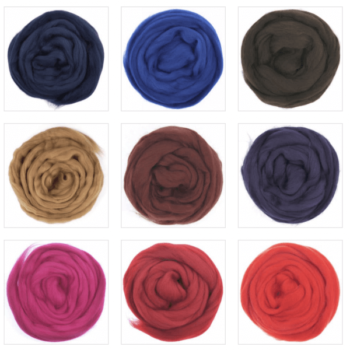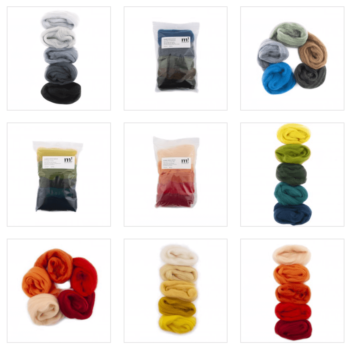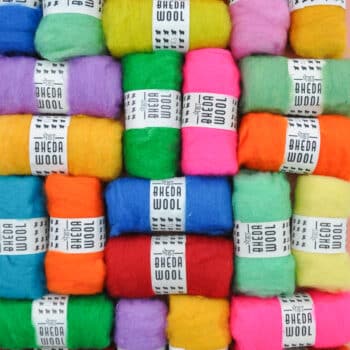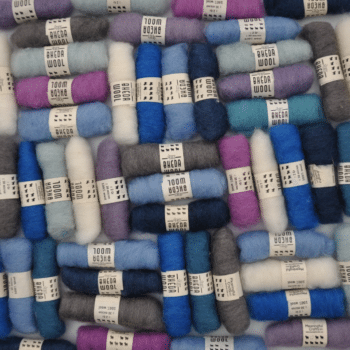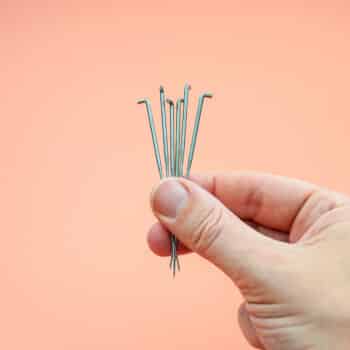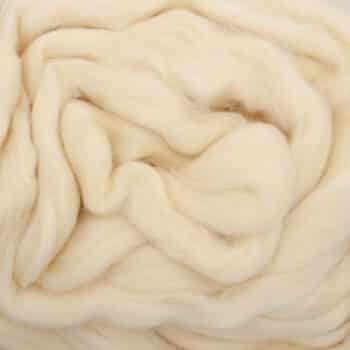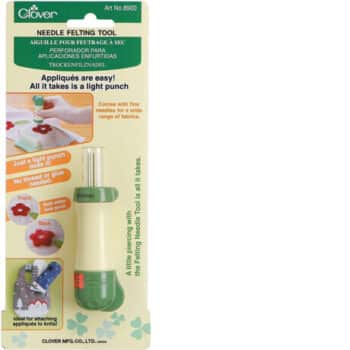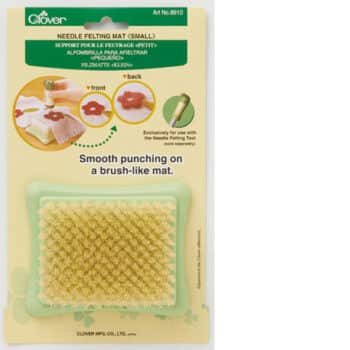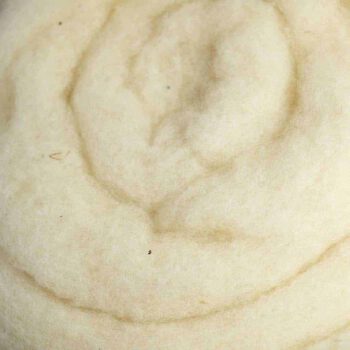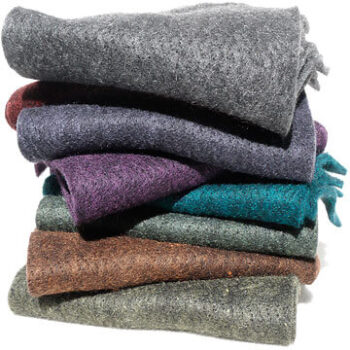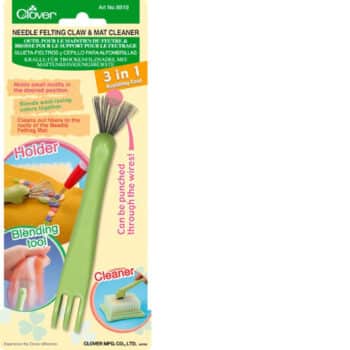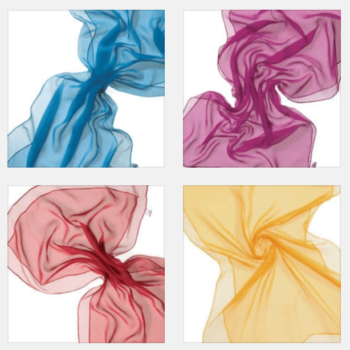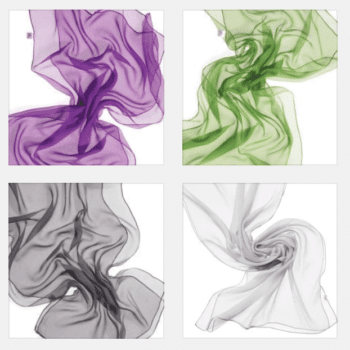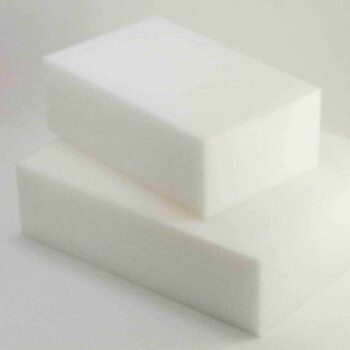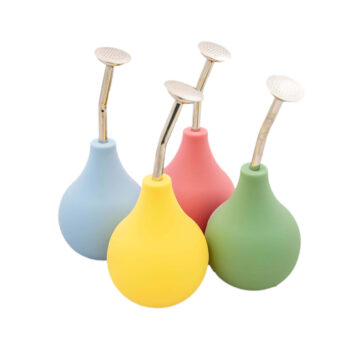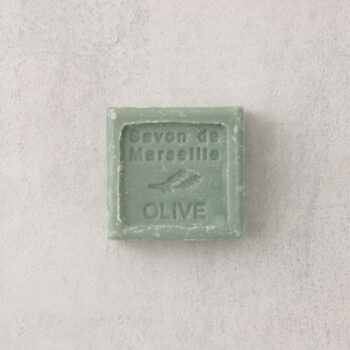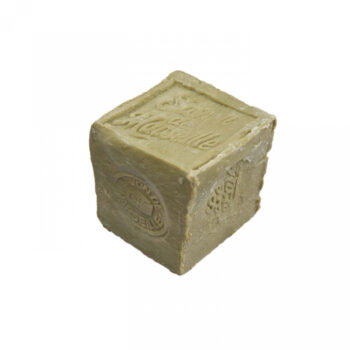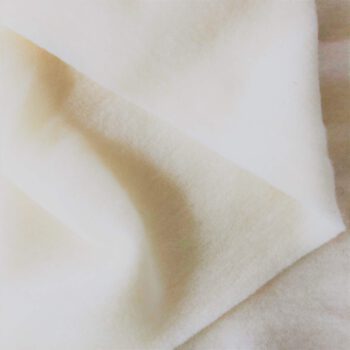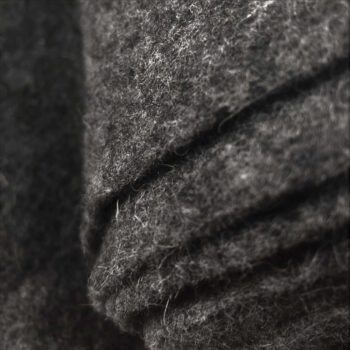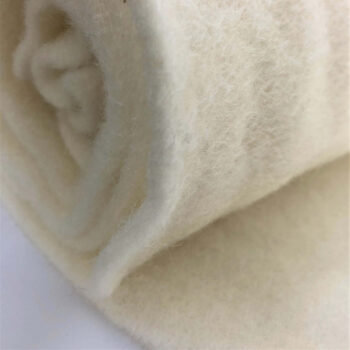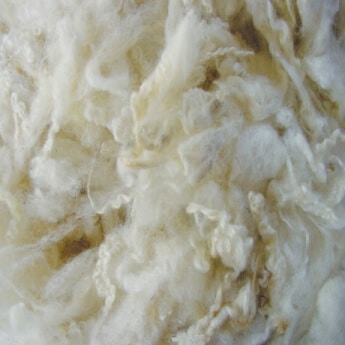Felting Tools
Felting is an age-old technique in which loose wool fibres are joined together to form a sturdy fabric or shape. This traditional method has various applications and techniques, of which wet felting and dry felting (also called needle felting) are the most common. In this article, you will discover the basics of both methods and how to start felting yourself.
What is felting?
Felting is the process by which wool fibres are interlocked and form a compact fabric through heat, moisture and friction (in wet felting) or through the use of special needles (in dry felting). This technique has been used for thousands of years to make clothes, accessories and art objects.
Wetfelting
Wet felting is a technique where you use wool, water and soap to make the fibres stick together. This method is ideal for creating flat pieces of fabric, such as scarves, rugs or decorative objects.
Requirements for wet felting
Wool: Preferably use merino wool or felted wool (carded fleece) in the desired colours. If you are more advanced you can needle fleece go live
Water: Lukewarm to warm water works best.
Soap: Green soap or olive soap is suitable.
Substrate: A bubble wrap or any other water-resistant surface.
Towel: To absorb excess water.
Optional:
spray ball: To wet the wool evenly
Step-by-step plan for wet felting
-
- Preparation: Place the surface on a flat, water-resistant workstation and place the towel underneath to trap moisture.
- Laying wool: Pull thin tufts of wool and layer them on the surface. Alternate the direction per layer (horizontal and vertical) for an even texture.
- Wetting: Drizzle the wool evenly with the lukewarm soapy water until it is completely soaked.
- Rub: Rub the wool with gentle, circular motions to get the fibres to adhere. Start gently and gradually increase the pressure.
- Roll: Roll up the substrate with the wool in it and roll it back and forth to reinforce the felting process.
- Coils: Rinse the felted piece with cold water to remove the soap and strengthen the felt.
- Drying: Lay the workpiece flat to dry, preferably on a towel.
Dry Felting (Needle Felting)
Dry felting, also known as needle felting, is a technique in which you use special felting needles to create shapes without water or soap. This method is particularly suitable for making three-dimensional objects, such as figures, animals or decorations.
Supplies for dry felting
Wool: Preferably card fleece or wick wool. If you use fur wool, you have to mix the wool yourself so that the hairs can interlock. Place small tufts at right angles to each other for this purpose!
Felting Needles: Specially designed needles with barbs. We recommend the meervilt 332 for beginners, this is a coarse needle that works well with most wool. It may also be useful to use a set of needles and handles buy.
Substrate: A foam matt or brush mat(only if you have a five filter want to work) to work on.
Optional:
Finger guards: To protect against pricking your finger.
Step-by-step plan for dry felting
- Preparation: Place the foam mat on a stable surface.
- Creating basic shape: Take a tuft of wool and roughly shape it into the desired basic shape.
- Forms: Pierce the wool repeatedly with the felting needle to bring the fibres together and strengthen the shape. Turn the workpiece regularly for an even structure.
- Add details: Add smaller tufts of wool for details and work them in with the needle until they are firmly attached.
- Finish: Continue poking until the object reaches the desired firmness and shape.
Tips for beginners
Start simple: Start with simple projects to get familiar with the techniques.
Use quality materials: Good wool and tools make the process easier and the result more beautiful.
Protect your hands: Consider using finger guards, especially when dry-felting, to avoid injuries.
Be patient: Felting takes time and practice. Take your time to master the technique and enjoy the creative process.
Breaking needles especially if you move back and forth while pricking. Make sure you prick up and down well and don't bend the needle or move it back and forth!
Felting is a versatile and satisfying craft that offers countless creative possibilities. Whether you choose wet felting or dry felting, with the right materials and techniques you can bring beautiful, handmade creations to life.


